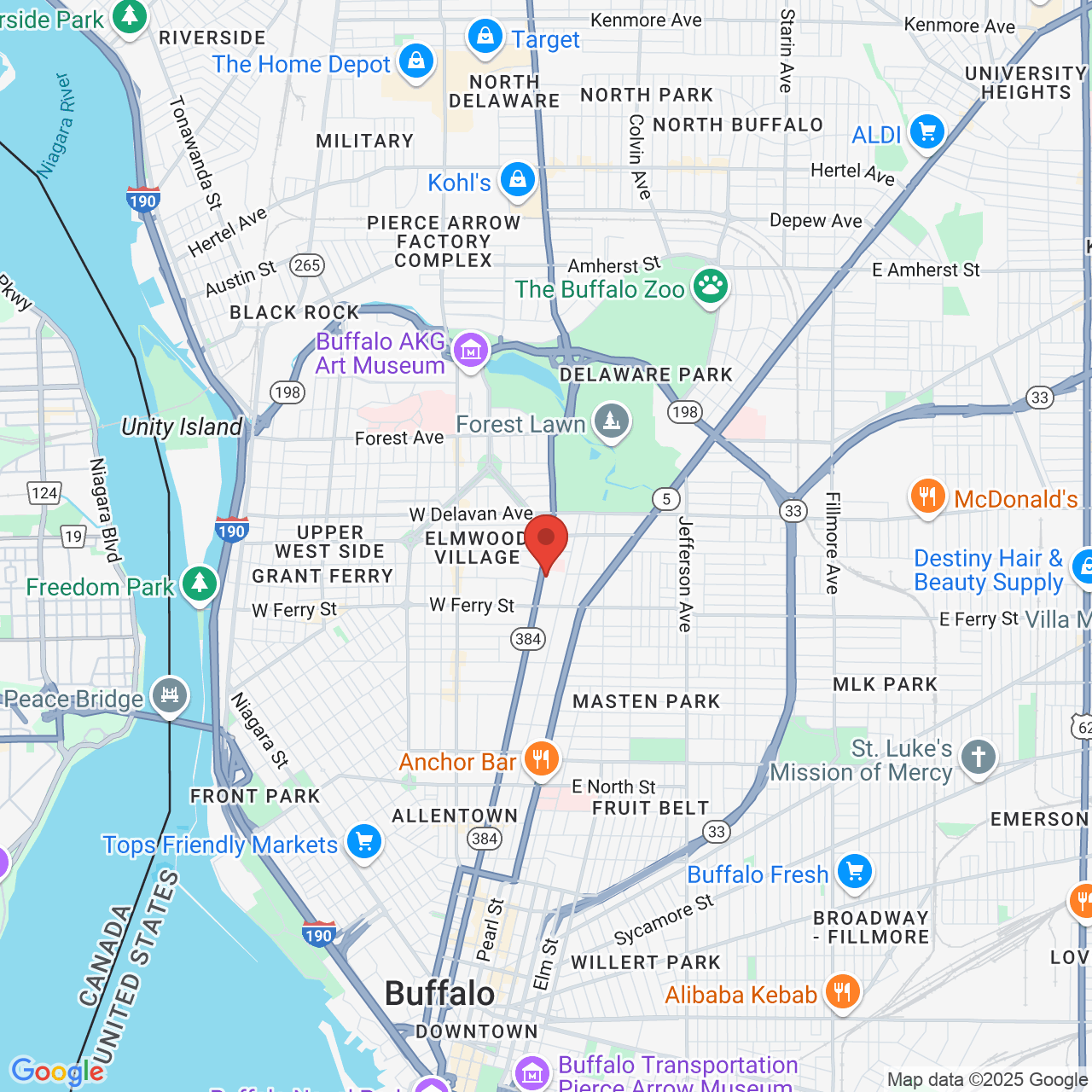Fixing Obscured Vision via Eyelid Surgery
 Advancing age can leave a variety of changes on the body, especially in the face. Typically, these changes involve loss of skin elasticity and the accumulation of fat deposits. This leads to sagging in certain areas of the face, such as the jowls, cheeks, and eyelids. Although these effects are predominantly cosmetic, sagging of the upper eyelid can also obscure one’s vision. This condition is commonly referred to as hooding, and it can be effectively corrected through eyelid surgery.
Advancing age can leave a variety of changes on the body, especially in the face. Typically, these changes involve loss of skin elasticity and the accumulation of fat deposits. This leads to sagging in certain areas of the face, such as the jowls, cheeks, and eyelids. Although these effects are predominantly cosmetic, sagging of the upper eyelid can also obscure one’s vision. This condition is commonly referred to as hooding, and it can be effectively corrected through eyelid surgery.
With upper eyelid surgery, extra skin, muscle, and fat can be removed from the eyelid and remaining tissues redefined. While no surgery can completely stop the effects of aging, this procedure allows patients to improve both their appearance and vision for years. Use the following information, provided by our Buffalo facial plastic surgery clinic, to learn more about upper eyelid surgery.
What Causes Upper Eyelid Hooding?
Some patients may have naturally droopy eyes, which is not a reflection of their health or age. However, age does tend to play a factor in the heaviness of anyone’s eyelids, as the tissues change in structure over time. Muscles weaken, skin loosens, and fat builds up, resulting in an upper eyelid that seems to droop. Mild hooding may only cause the eye to appear puffy and poorly defined, but as the skin continues to sag downward, it may partially cover the eye. At this point, surgery is the most direct and effective way to regain a full range of vision.
Candidates for Upper Eyelid Surgery
If you are suffering from obscured vision due to upper eyelid hooding, you are likely a good candidate for surgery. However, patients must also meet certain criteria before undergoing treatment, including:
- Healthy eyes: Eyes must be free of disease or conditions that threaten their ability to heal. Eyes that have recently been infected or injured should be evaluated first, whereas chronic conditions, such as excessively dry eyes, may also impact candidacy. Serious diseases such as glaucoma will almost certainly affect whether someone can undergo eyelid surgery.
- Good general health: Patients must be able to recover from surgery with little risk of complication. As a result, any history of systemic disease should be discussed with your doctor beforehand, including heart disease, liver disease, and uncontrolled diabetes. Tobacco and alcohol use will also play a factor in your recovery.
- Appropriate expectations: Eyelid surgery can produce satisfying results as long as patients understand the limits of what it can achieve. Speak with your doctor for a more accurate understanding of how your upper eyelid will appear after surgery, as well as how long your results may last.
What to Expect During Surgery
Eyelid surgery is performed under local anesthesia and sedation or under general anesthesia. The entire procedure usually takes around one hour, after which time patients are free to go home and rest. During surgery, the following steps will be taken:
- A single incision will be made in the upper eyelid, hidden within the natural crease. After healing, this scar is barely noticeable due to its size and location.
- Fat and muscle will be removed from the eyelid, and remaining tissues will be contoured to redefine the eyelid’s shape.
- Excess skin will be removed from the eyelid for a tighter, smoother appearance.
- Small sutures will be used to close the incision. These sutures will either be removed within a week or will dissolve on their own.
While eyelid surgery is effective on its own, some patients opt to combine the procedure with another facial surgery technique, such as a brow lift. By consulting Dr. Sherris beforehand, you can learn which treatment options can best meet your cosmetic goals.
Schedule Your Consultation with Us
Upper eyelid hooding is a common problem that has a strong impact on a person’s appearance. By lifting and tightening your eyelid, we can help you achieve a younger and more alert expression, in addition to correcting any obstructed vision. Contact our office and schedule an initial consultation with Dr. Sherris to learn more.


